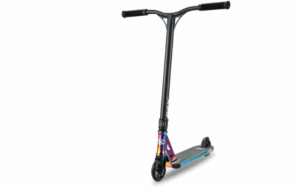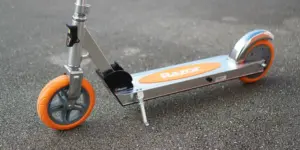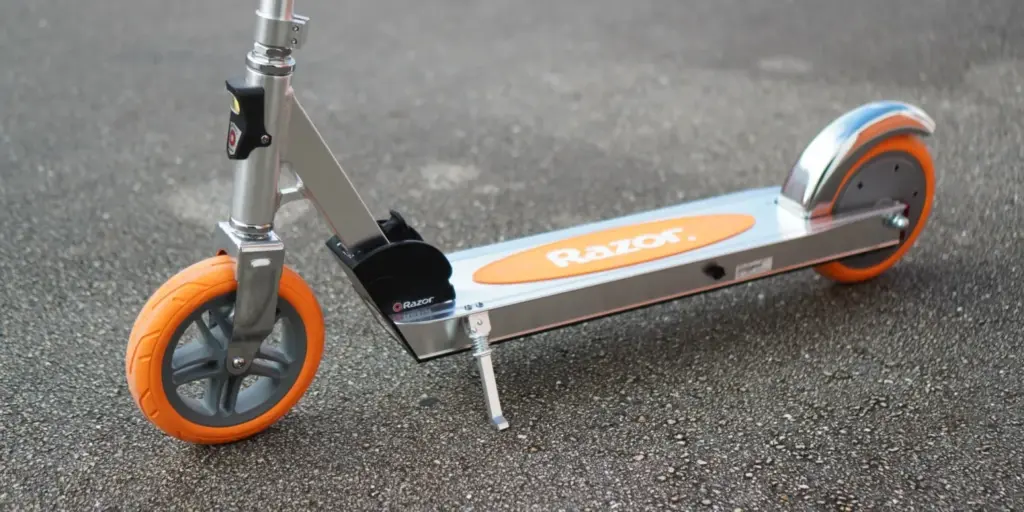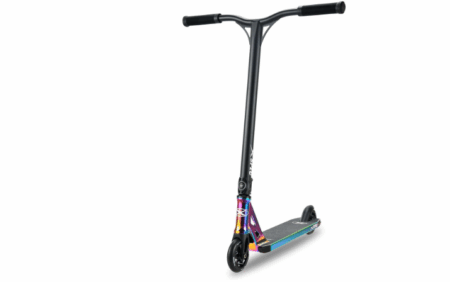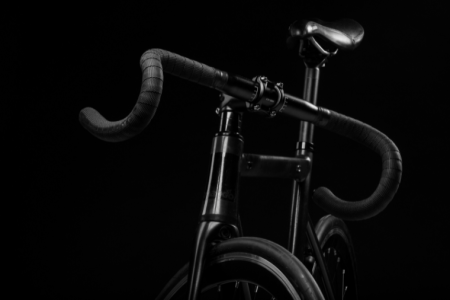Razor scooters are a popular choice for many due to their convenience and eco-friendly nature. But what happens if you need to charge your Razor scooter and don’t have the original charger handy? Don’t worry! There are several practical ways to charge a Razor scooter without a charger safely and efficiently. This guide will walk you through some quick tips and tricks to keep your scooter powered up even when the official charger is missing or broken.
Understanding Your Razor Scooter Battery
Before diving into alternative charging methods, it’s important to understand the type of battery your Razor scooter uses. Most Razor electric scooters come with sealed lead-acid (SLA) or lithium-ion batteries. These batteries require a specific voltage and current to charge safely. Using the wrong charger or method can damage the battery or even cause safety hazards like overheating or fire.
How to Charge a Razor Scooter Without a Charger Safely
If you’re searching for how to charge a Razor scooter without a charger, the key is to use a compatible alternative charger or a DIY method that matches the scooter’s battery specifications. For instance, some users have successfully charged their scooters using a universal battery charger or a car battery charger set to the correct voltage. When using alternative chargers, always check the voltage output. Most Razor scooter batteries require a 24V or 36V charger, depending on the model. Connecting a charger with a higher voltage output can cause serious damage. It’s also important to ensure the current (amperage) matches the scooter’s requirements to prevent overheating. For detailed instructions on safe methods and step-by-step guidance, you can visit this helpful resource on how to charge a Razor Scooter Without A Charger.
Using a Universal Battery Charger
One of the easiest alternatives to the official charger is a universal battery charger. These chargers often come with adjustable voltage and various connectors, allowing you to find a compatible setting for your Razor scooter battery. When selecting a universal charger, set the voltage to match your scooter’s battery (usually 24V or 36V), choose the correct connector or adapt the charger’s clips to the battery terminals, and monitor the charging process closely to avoid overcharging. Universal chargers are widely available online or at electronics stores. They offer a flexible option if you lose your original charger or want a backup.
Charging with a Car Battery Charger
A car battery charger can sometimes work for charging a Razor scooter battery, but this method requires caution. Car chargers usually supply 12V or 24V, so you must verify your scooter’s battery voltage first. If your scooter battery voltage matches the charger’s output, you can attempt charging by connecting the positive and negative terminals carefully, using a low amperage setting to avoid overheating, and monitoring charging time strictly and disconnecting once full. Due to safety concerns, this method is recommended only for those with some technical knowledge or experience handling batteries.
Charging the Battery Outside the Scooter
If you are unable to use a charger directly on your Razor scooter, you can remove the battery and charge it separately. This approach allows you to use different chargers more easily and gives better access to battery terminals. However, removing the battery requires some tools and care. First, turn off the scooter and disconnect it from any power source. Then, use a screwdriver or the appropriate tool to open the battery compartment and carefully disconnect the battery wires, noting the polarity. Charge the battery using a universal charger or another compatible charger, and reinstall the battery once fully charged. Charging the battery externally can help avoid risks of damaging the scooter’s internal electronics.
Using a Power Bank for Lithium-Ion Batteries
For scooters with lithium-ion batteries, some users have experimented with charging via a high-capacity power bank with a DC output port. This method is not common and requires checking if the power bank supports the required voltage and current output. Also, you need a compatible cable to connect the power bank to the scooter battery terminals. This charging method is handy in emergencies when no charger or electricity outlet is available. But it should be used cautiously, ensuring the power bank can handle the scooter battery’s power needs without causing damage.
Battery Maintenance Tips
Regardless of how you charge your Razor scooter, taking care of the battery is essential. Avoid deep discharging, charge regularly, and keep the battery at a moderate temperature. Overcharging or using the wrong charger repeatedly can shorten battery life. If you find yourself needing to charge without the official charger often, consider investing in a reliable universal charger or a replacement original charger.
Important Precautions When Charging Without a Charger
While charging your Razor scooter without its official charger is possible, it’s important to keep safety in mind. Always verify voltage and current ratings before attempting to charge. Never leave the battery unattended while charging. Avoid chargers that produce sparks or excessive heat. Use insulated tools and avoid touching terminals directly. If you’re unsure, consult a professional or Razor customer support. Following these precautions can prevent accidents and keep your scooter running smoothly.
Conclusion
Losing or damaging your Razor scooter charger can be frustrating, but it doesn’t have to mean your scooter is out of action. By understanding your battery type and safely using alternative charging methods like universal chargers or external battery charging, you can keep your Razor scooter powered up and ready to ride.
